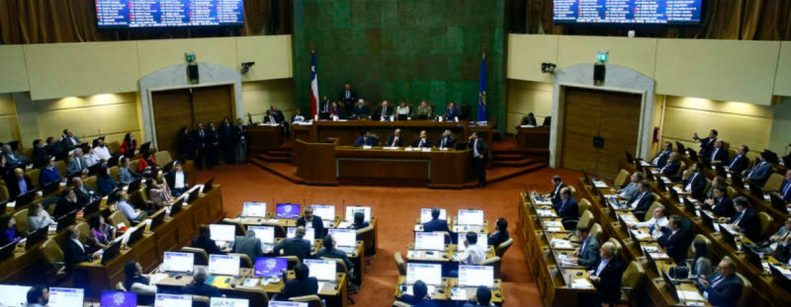
During the last period we have focused our analysis on the effects that policies emanating from Congress, to a greater extent, and from the Executive have had on local assets, inflation and the exchange rate. From the implementation of three withdrawals from pension funds to the recent extension of the IFE, not only has the level of national savings in the economy declined, but also debt, foreign commitments and the future financial burden of interest payments have increased. In short, this has resulted in interest rate hikes, mainly long-term, not in line with what has occurred internationally, while the exchange rate has depreciated idiosyncratically (as the Central Bank likes to call it), meaning that the peso is not only worth less against the dollar, but also against most currencies, including emerging ones.
In this sense, the discussion on the fourth withdrawal continues to focus investors' attention, considering the various warnings that have been made since the first decapitalization by the Central Bank and other actors, but I have the feeling that not much attention was paid to what the National Budget for the year 2022 was going to include, in my opinion, probably equally or more important than what could happen with a new withdrawal. Why? Basically because it was going to test the ability of fiscal policy to assume that 2021 was an exceptional year, but that the transfers were transitory and, once the most difficult part of the pandemic was behind us, they would cease. If this did not happen, there was a risk of entering a public debt growth spiral that would become unsustainable in the medium term, since the country's financial capacity is quite compromised.
In this way, the main outlines of the National Budget Bill for the year 2022, which was recently submitted for legislative processing, were presented. Although we still do not have the details of it, the bulk of what was presented seems to us to be committed to fiscal responsibility going forward. According to DIPRES assumptions (which we will know next week), the national treasury would reach US$82,135 million, a 3.7% real increase with respect to the approved Law of 2021. But Nathan, didn't you say that the Budget in 2022 had to FALL over 20% real to show some commitment to fiscal responsibility? Well, it does, and that is what happens if we compare the project with what would be the EXECUTED Budget in 2021 (a "little" higher than what was initially approved), showing a decrease of 22.5% compared to the latter. Thus, the effective deficit projected for next year would reach 2.8% of GDP, considerably lower than the 7.3% and 7.1% of 2020 and 2021 (estimated), respectively. Although it is 0.9 pp higher than projected in the last Public Finance Report, it does comply with the convergence to the structural deficit for 2022, of 3.8%. Thus, debt would rise to almost 37% of GDP, up from almost 35% at the end of the current year. Will this be the end of the debt increase? No. Even under the assumptions of convergence and fiscal responsibility, the debt would rise to 38.6% of GDP in 2024, and then begin to decline slightly. However, I insist, this requires compliance with quite strict criteria on spending growth, which will be under the decision of a new government.
Therefore, at least on paper the news is encouraging. Now, we will see how the discussion goes in Congress and if our parliamentarians are capable of legislating for the medium and long term welfare, and not only the one needed to win a couple of votes at the end of the year.
Nathan Pincheira
Chief Economist of Fynsa